The Origins of Tea Cake
Tea cake hold a rich history that spans centuries and continents. Their journey reflects cultural and culinary traditions worldwide, showcasing how simple ingredients can create beloved treats.
Historical Roots and Traditions
Tea cakes originated in Europe during the 17th century. These delightful treats were commonly served alongside tea during social gatherings. The early recipes were simple, primarily made of butter, sugar, and flour. As time progressed, variations began to emerge, influenced by local ingredients and baking methods.
In England, tea cakes became synonymous with the afternoon tea ritual. They symbolized hospitality and refinement, often enjoyed in elegant settings. Meanwhile, in Scandinavia, similar baked goods surfaced, sometimes sweetened with honey or spices. Early recipes depict tea cakes as easy-to-make delights, perfect for enhancing social moments and warm gatherings.
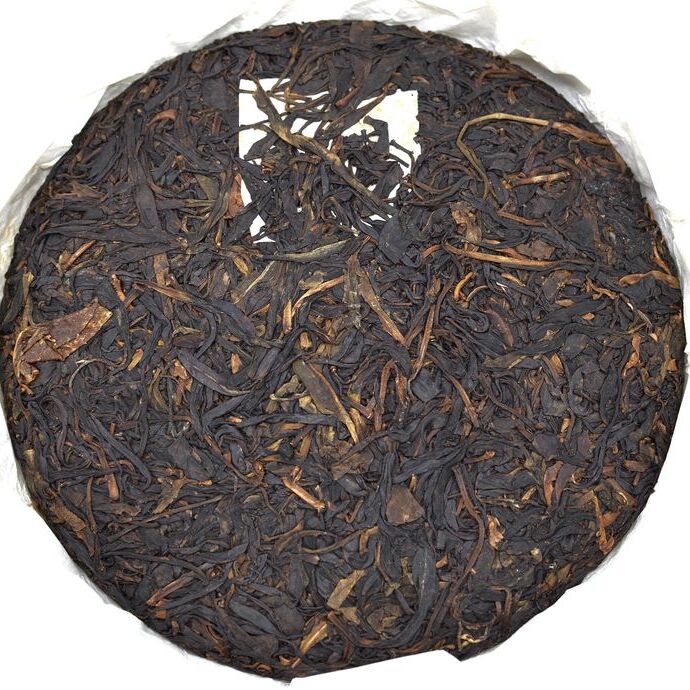
Cultural Significance Around the World
Tea cakes represent more than just food; they embody shared cultural traditions. In the United States, southern-style tea cakes gained immense popularity for family celebrations and gatherings. These cakes often feature regional twists, such as the inclusion of molasses or vanilla, adding unique flavors to the classic recipes.
In India, tea cakes are frequently enjoyed with chai, incorporating spices like cardamom and nutmeg. This blend of flavors creates a delightful experience that complements the rich, aromatic tea. Australia’s version of tea cakes emphasizes a denser, buttery texture, sometimes incorporating fruits like apricots or raisins for added flavor and moisture.
Across the globe, tea cakes symbolize connection and community during significant events, both big and small. Their timeless appeal proves that simple recipes can create lasting memories. These sweet treats continue to bring people together, celebrating life’s moments with warmth and comfort.
Popular Variations of Tea Cake
Tea cakes come in many forms, showcasing diverse ingredients and preparation styles. These variations reflect global culinary creativity.
Classic Tea Cake Recipes
Classic tea cakes emphasize simplicity and tradition. They often include basic ingredients like butter, sugar, eggs, and flour. These recipes focus on creating lightly sweet treats that pair well with tea.
Early recipes featured plain flavors, highlighting the buttery richness. Vanilla, almond, or lemon zest are popular additions for subtle enhancement. These classic recipes evoke old-fashioned baking, easy to make and universally appealing.
Regional Twists and Flavors
Different countries put their own spin on tea cakes, adding local flavors and ingredients.
- English Tea Cakes: Light, fluffy buns often enriched with dried fruits or spices.
- Southern U.S. Tea Cakes: Dense, cookie-like treats flavored with molasses or vanilla.
- Scandinavian Varieties: Sweet cakes incorporating honey, cinnamon, or cardamom.
- Indian Tea Cakes: Spiced options featuring flavors like nutmeg, cardamom, or saffron.
- Australian Tea Cakes: Rich, dense cakes complemented by dried fruits like apricots or raisins.
These regional twists make tea cakes unique while preserving their comforting nature. Whether you prefer simple classics or bold flavors, there’s a variation to suit every taste.
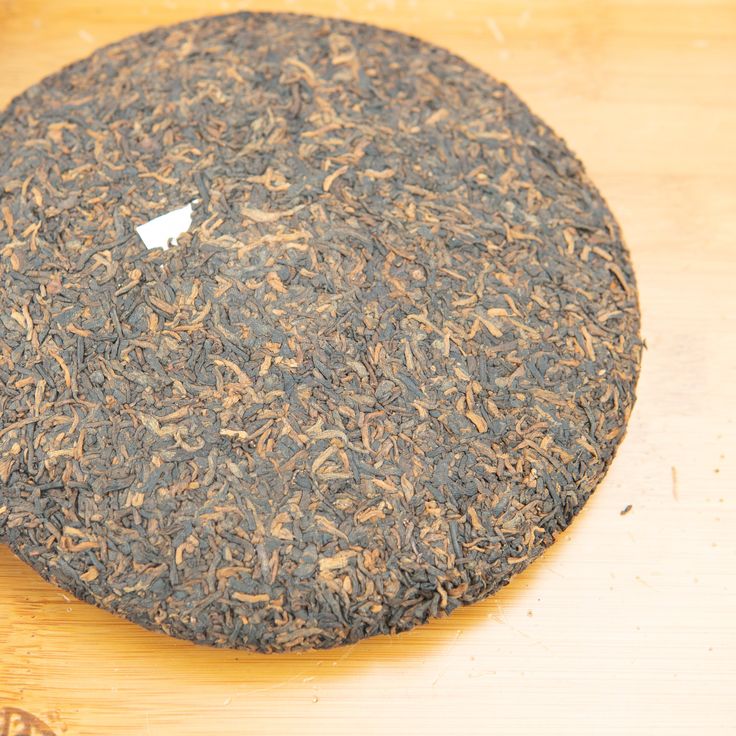
Ingredients That Make the Perfect Tea Leaf Cake
Ingredients play a key role in crafting a delicious tea cake. Each component adds unique taste and texture. Using quality ingredients ensures a flavorful and satisfying result.
Essential Ingredients
The perfect tea cake starts with a few simple essentials:
- Flour: All-purpose flour is widely used for tea cakes. It provides structure and balance.
- Sugar: Granulated sugar adds sweetness. Brown sugar or caster sugar can also enhance flavor.
- Butter: Unsalted butter delivers a rich, creamy texture.
- Eggs: Eggs act as a binding agent and contribute to the cake’s fluffiness.
- Milk: Adds moisture and helps create a smooth, tender crumb.
- Baking Powder: Ensures the tea cake rises properly for a light, airy texture.
- Flavorings: Vanilla extract, lemon zest, or cinnamon bring depth to the taste.
These staple ingredients create the foundation for classic and flavorful tea cakes.
Substitutes and Dietary Options
Creating tea cakes for varied diets is simple with these substitutes:
- Gluten-Free Flour: Suitable for those avoiding gluten. Almond or rice flour works well.
- Dairy-Free Milk: Use almond milk, oat milk, or coconut milk instead of regular milk.
- Vegan Butter and Eggs: Replace butter with coconut oil or a vegan butter alternative. Use flax eggs or applesauce for binding.
- Natural Sweeteners: Try honey, maple syrup, or coconut sugar as healthier sugar alternatives.
These substitutes maintain the texture and flavor while catering to dietary needs.
Whether you stick with the essentials or explore substitutes, tea cakes remain a delightful treat. Experimenting with ingredients adds a personal touch to your recipe.
Baking the Perfect Tea Leaf Cake
Baking a tea cake is a rewarding process. It’s simple yet requires attention to detail. Follow these steps and tips to create a delightful treat.
Step-by-Step Recipe Guide
- Gather Ingredients: Prepare all ingredients beforehand for an organized baking process.
- All-purpose flour, sugar, butter, eggs, milk, baking powder, and flavorings like vanilla or lemon zest.
- Preheat the Oven: Set your oven to 350°F (175°C). Grease and flour your baking pan.
- Mix Wet Ingredients: Combine softened butter and sugar. Beat until creamy and smooth. Add eggs one at a time, mixing well after each.
- Incorporate Dry Ingredients: Sift the flour and baking powder in a separate bowl. Gradually add to the wet mixture. Mix gently to avoid overworking the batter.
- Add Milk and Flavor: Pour in milk to create a smooth batter. Add vanilla or other flavorings as desired.
- Transfer to Pan: Pour the batter evenly into the prepared pan. Flatten with a spatula if needed.
- Bake: Place the pan in the preheated oven. Bake for 30-40 minutes or until golden.
- Test for Doneness: Insert a toothpick in the center. If it comes out clean, the cake is ready.
- Cool and Serve: Allow the tea cake to cool before slicing. Serve warm or at room temperature.
Tips for Achieving the Best Texture and Flavor
- Use Fresh Ingredients: Fresh butter, eggs, and flour improve texture and taste.
- Measure Precisely: Accurate measurements ensure consistent results. Use measuring cups and spoons.
- Don’t Overmix: Gently mix the batter to maintain a light, airy texture.
- Control Temperature: Ensure ingredients like butter and eggs are at room temperature.
- Enhance Flavor: Add spices, zest, or extracts for an extra touch of flavor.
- Don’t Overbake: Watch for a golden color and test for doneness. Overbaking leads to dryness.
- Experiment: Try toppings like powdered sugar, glaze, or fresh fruit for added appeal.
By following this guide and tips, your tea cake will turn out soft, flavorful, and irresistible.
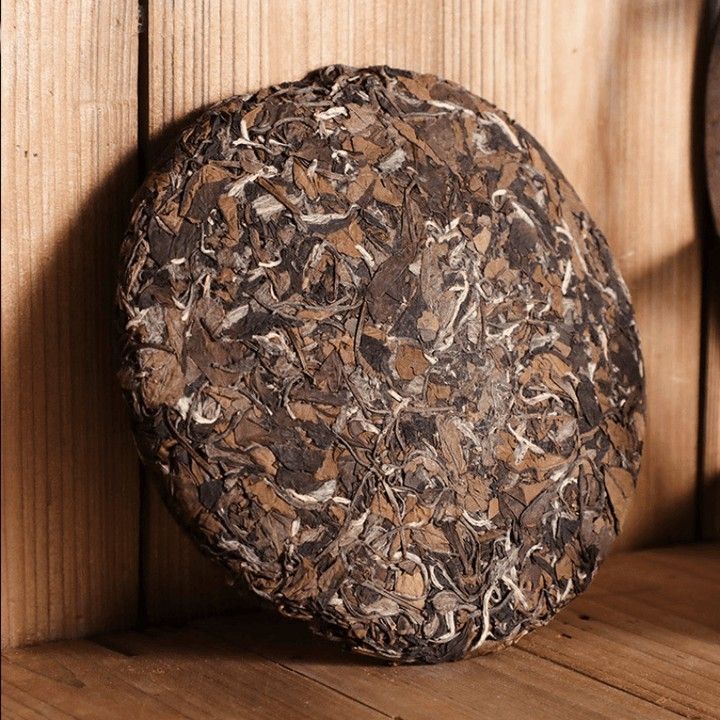
Pairing Tea Leaf Cake with Beverages
Tea cakes are versatile treats that pair beautifully with various beverages. Choosing the right drink enhances the flavors, making your tea cake experience even more enjoyable.
The Best Teas to Pair with Tea Cake
Tea is the classic companion to tea cakes, offering an array of delightful pairing options. Each type of tea can enhance the flavors of the cakes, creating a harmonious experience. Here are some of the best teas to consider:
- Black Tea:
- Earl Grey or English Breakfast: Strong black teas like Earl Grey or English Breakfast pair wonderfully with tea cakes. Their robust flavors balance the sweetness of the cakes, creating a satisfying combination.
- Green Tea:
- Sencha or Jasmine: Subtle green teas, such as Sencha or aromatic Jasmine, provide a refreshing contrast to the rich flavors of tea cakes. Their lightness can cleanse the palate between bites.
- Herbal Tea:
- Chamomile or Rooibos: Herbal infusions like chamomile or rooibos add gentle, complementary flavors to tea cakes. Their caffeine-free nature makes them perfect for afternoon enjoyment.
- Spiced Tea:
- Chai or Cinnamon-Spiced Tea: Spiced teas, such as chai or cinnamon-spiced tea, enhance the flavors of spiced tea cakes. The warming spices like cardamom or nutmeg create a cozy pairing.
- Fruit-Infused Tea:
- Berry or Citrus Teas: Fruit-infused teas, like berry or citrus varieties, pair excellently with fruit-based or lemon-flavored tea cakes. Their bright flavors lift the overall taste profile.
Experiment with different types of tea to discover your perfect match with tea cakes. Adjust the strength of the brew to suit your taste preferences, and enjoy the delightful combinations these pairings offer!
Other Drinks That Complement Tea Cake
While tea is traditional, other beverages elevate the enjoyment of tea cakes:
- Coffee: Mild, medium-roast coffee complements rich or buttery tea cakes perfectly.
- Hot Chocolate: A sweet, velvety choice for those with a sweet tooth.
- Milk: A classic option, especially for children, offering comfort and simplicity.
- Fresh Juice: Orange or apple juice pairs well with fruity or nutty tea cakes.
- Dessert Wine: Sweet wines, like Moscato, complement dense or honey-flavored tea cakes.
- Sparkling Water: Palate-cleansing and bubbly, ideal for lighter tea cake varieties.
Whether you love tea or prefer other drinks, pairing enhances your tea cake experience. Enjoy exploring these combinations to find your favorite!
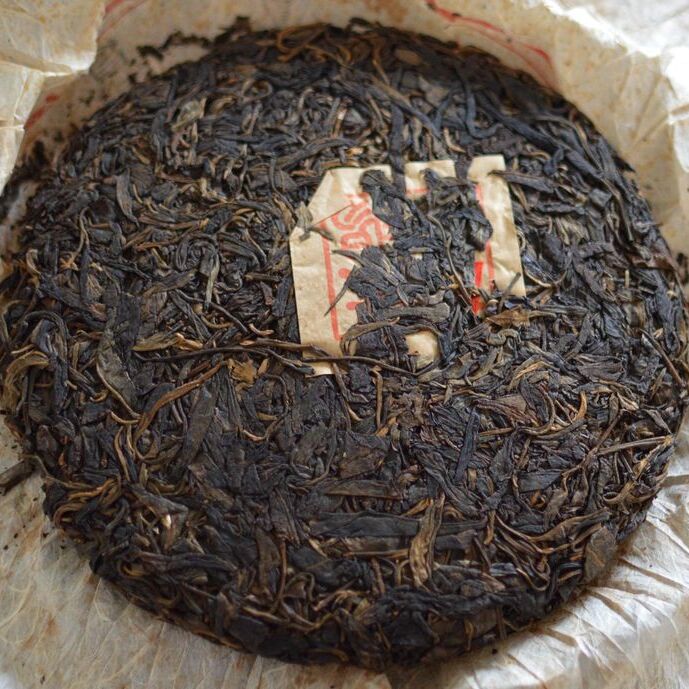
Storing and Preserving Tea Cakes
How to Store Tea Cakes for Freshness
Proper storage is essential to maintain the freshness and flavor of tea cakes. Here are some effective methods to help you keep them delicious for longer:
Room Temperature Storage:
- Airtight Container: Place tea cakes in an airtight container to prevent exposure to air. This helps retain their moisture and flavor.
- Duration: You can keep tea cakes at room temperature for up to 3 days. This is ideal for short-term storage.
- Avoid Heat and Sunlight: Keep the container away from direct sunlight and heat sources. Exposure to light and heat can dry out the cakes, making them less enjoyable.
Refrigeration:
- Wrap Tightly: For longer storage, wrap tea cakes tightly in plastic wrap or aluminum foil. This prevents air from entering and causing dryness.
- Refrigerate: Store wrapped tea cakes in the refrigerator for up to one week. This method helps preserve their freshness over time.
- Room Temperature Before Serving: Before serving, allow refrigerated cakes to come to room temperature for the best taste and texture.
Moisture Preservation:
- Slice of Bread: Place a slice of fresh bread in the storage container with the tea cakes. The bread helps maintain moisture levels and prevents the cakes from becoming stale.
- Replace as Needed: If the slice of bread hardens, replace it with a fresh one to continue preserving moisture.
By following these storage methods, you can extend the life of your tea cakes and keep them fresh and palatable for your enjoyment.
Freezing and Reheating Tips
- How to Freeze:
- Cool tea cakes completely before freezing to retain texture and flavor.
- Wrap each tea cake individually in plastic wrap. Use freezer-safe bags or containers for double protection.
- Label packages with the date to track freshness. Freeze for up to 3 months.
- Reheating for Best Results:
- Thaw tea cakes by leaving them at room temperature for 1-2 hours.
- For a fresher taste, reheat in an oven preheated to 300°F (150°C) for 5-10 minutes.
- Avoid microwaving as it can make the tea cakes soggy or unevenly heated.
Storing and reheating tea cakes correctly ensures they taste delightful every time. These steps make it easy to preserve your baked treats while enjoying their rich flavors and soft textures whenever you like.
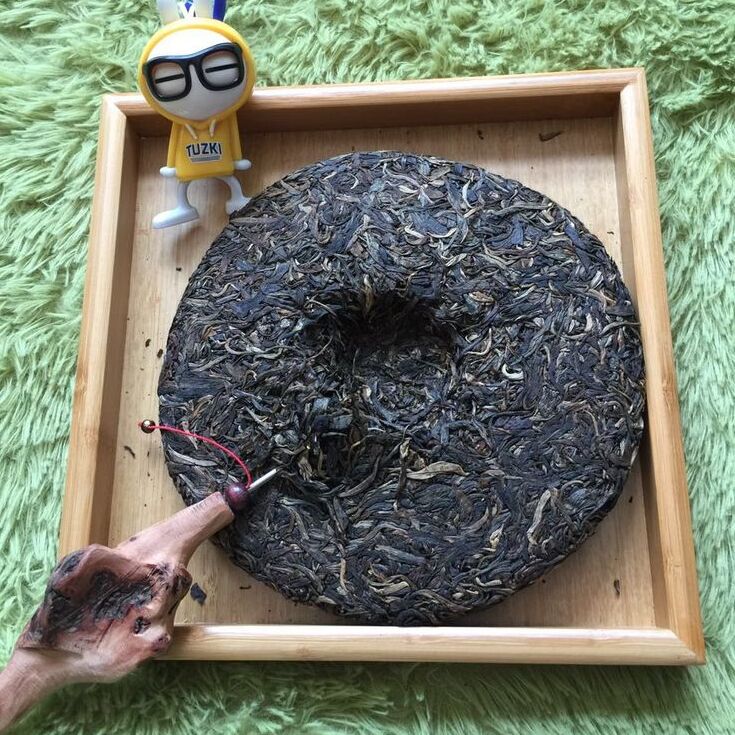
Why Tea Leaf Cake Is a Timeless Treat
Tea cakes hold enduring appeal due to their simplicity and cultural richness. These sweet treats connect people across generations and regions, embodying a shared love for baking and community.
Tea Cakes in Modern Culture
Tea cakes remain relevant in today’s world, adapting to changing tastes and lifestyles. Cafes and bakeries continue to offer traditional recipes alongside innovative flavors. Modern tea cakes incorporate global ingredients while staying true to their roots.
Home bakers also enjoy the versatility of tea cakes, experimenting with healthier options. Gluten-free, vegan, and sugar-free tea cakes cater to diverse dietary needs. They provide a nostalgic, yet adaptable charm that fits into modern routines.
Social media has also revitalized tea cake popularity. Bakers showcase creative designs and recipes, inspiring a new generation to indulge. From simple classics to artistic versions, tea cakes continue to be celebrated as an accessible yet elegant dessert.
Longevity of Tea Cake Across Generations
Tea cakes have stood the test of time, thanks to their versatility and cultural significance. Their journey dates back centuries, evolving alongside baking techniques and global traditions. Families often pass down tea cake recipes, preserving their treasured flavors.
Tea cakes bring people together for intimate gatherings and festive celebrations. Their universal appeal lies in their simplicity—soft textures and mild sweetness resonate across all ages. Whether served with tea or other beverages, they enrich moments of connection and joy.
The adaptability of tea cakes ensures their place in future kitchens. With endless options for ingredients and flavors, they evolve with every generation’s tastes, proving that simple treats truly are timeless.